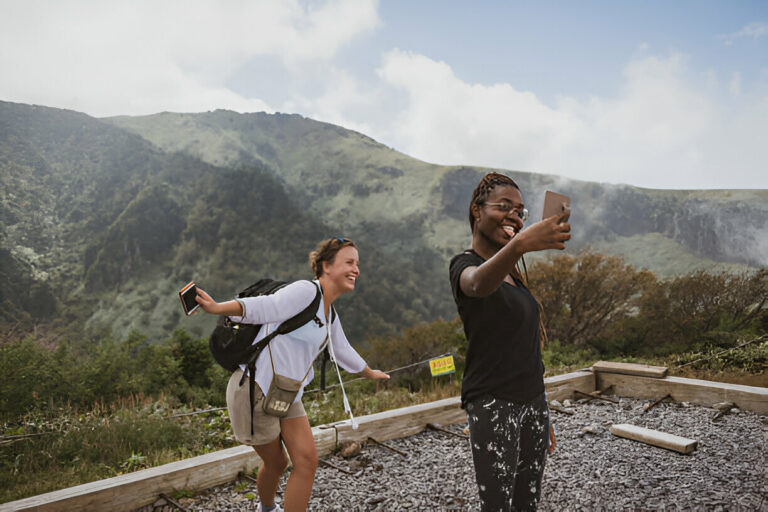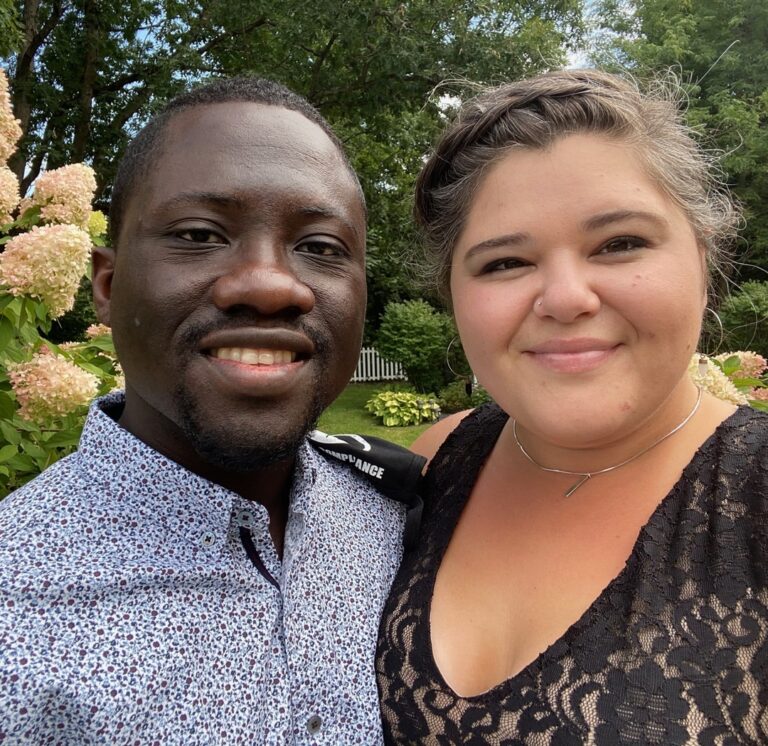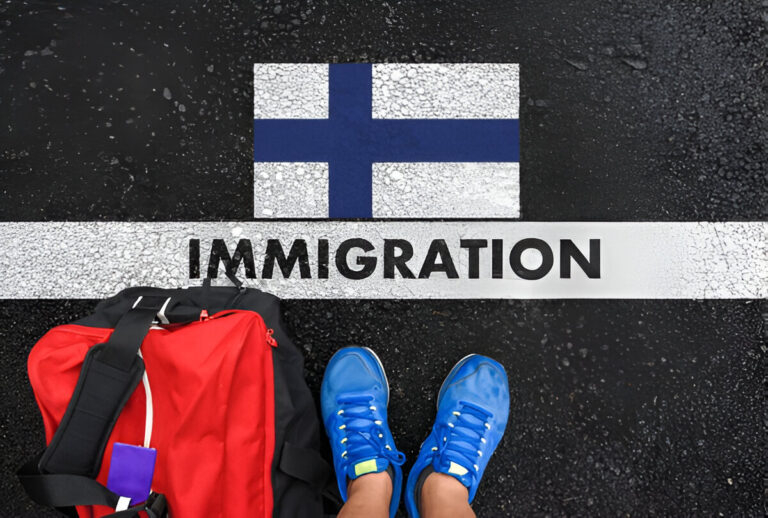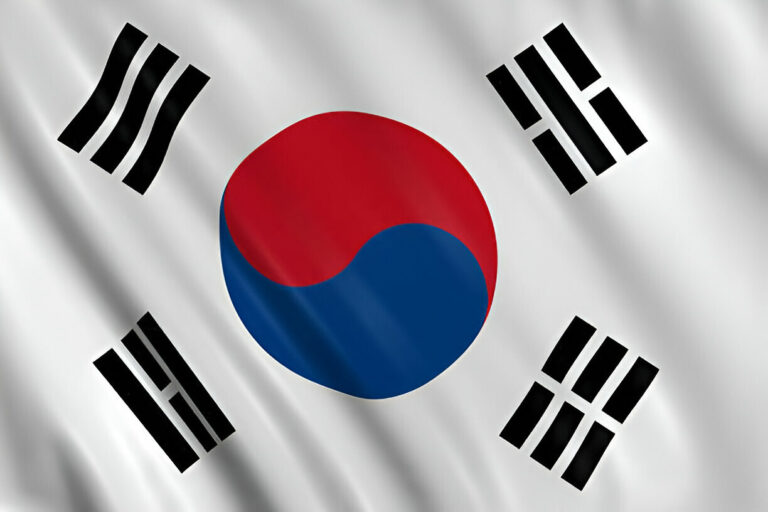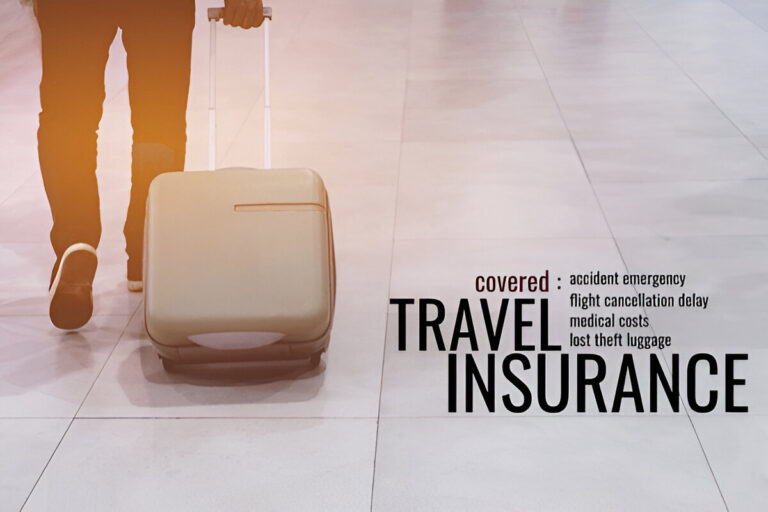USA Work Visa for Immigrants – Visa Sponsorship in the USA
Pursuing career opportunities in the United States is a dream for many immigrants worldwide. The USA offers a dynamic job market, diverse industries, and a pathway to permanent residency and citizenship. However, navigating the complexities of obtaining a USA Work Visa can be daunting.
Understanding the different visa categories, eligibility requirements, the role of visa sponsorship, and the application process is essential for a successful immigration journey.
What’s the USA Work Visa?
A USA Work Visa permits foreign nationals to enter and work in the United States legally. The visa type you apply for depends on the nature of your job, your qualifications, and the duration of your stay. Obtaining the appropriate work visa is crucial for ensuring compliance with U.S. immigration laws and securing your employment in the country.
Types of USA Work Visas
The United States offers a variety of work visas tailored to different professional needs and circumstances. Understanding the specific type of visa you require is essential for a successful application.
1. H-1B Visa (Specialty Occupations)
- Purpose: For professionals in specialized fields such as IT, engineering, medicine, and academia.
- Eligibility: Requires a bachelor’s degree or higher in the specific specialty.
- Duration: Initially valid for three years, extendable up to six years.
- Cap: Subject to an annual cap of 85,000 visas, making it highly competitive.
2. L-1 Visa (Intra-Company Transferees)
- Purpose: For employees transferring within a multinational company from a foreign branch to a U.S. branch.
- Eligibility: Must have worked for the company abroad for at least one year within the past three years.
- Duration: L-1A (executives/managers) up to seven years; L-1B (employees with specialized knowledge) up to five years.
- Cap: No annual cap.
3. O-1 Visa (Individuals with Extraordinary Ability or Achievement)
- Purpose: For individuals with extraordinary ability in sciences, arts, education, business, athletics, or achievements in the motion picture or television industry.
- Eligibility: Must demonstrate sustained national or international acclaim.
- Duration: Initially valid for three years, with extensions.
- Cap: No annual cap.
4. E-2 Visa (Treaty Investors)
- Purpose: For investors from countries with a treaty of commerce and navigation with the U.S. who are investing a substantial amount in a U.S. business.
- Eligibility: Must demonstrate investment in a bona fide enterprise.
- Duration: Initially valid for up to five years, with extensions.
- Cap: No annual cap.
5. TN Visa (NAFTA Professionals)
- Purpose: For professionals from Canada and Mexico under the United States-Mexico-Canada Agreement (USMCA).
- Eligibility: Must work in a pre-defined profession listed under the agreement.
- Duration: Initially valid for up to three years, with extensions.
- Cap: No annual cap.
6. H-2B Visa (Temporary Non-Agricultural Workers)
- Purpose: For temporary or seasonal non-agricultural work.
- Eligibility: Employers must demonstrate the temporary nature of the job and a lack of available U.S. workers.
- Duration: Typically valid for up to one year, extendable to three years.
- Cap: Subject to an annual cap, making it limited in availability.
7. J-1 Visa (Exchange Visitor)
- Purpose: For participants in approved exchange programs promoting cultural exchange.
- Eligibility: Must be accepted into an exchange program.
- Duration: Varies depending on the program, ranging from a few weeks to several years.
- Cap: No annual cap.
Eligibility Criteria for a USA Work Visa
Each work visa category has specific eligibility requirements. However, some general criteria apply across most U.S. work visas:
General Requirements
- Valid Passport: Your passport must be valid for the duration of your intended stay in the U.S.
- Completed Application Forms: Accurately filled out visa application forms, obtainable from the U.S. Department of State’s website.
- Photograph: Recent passport-sized photograph adhering to U.S. visa photo specifications.
- Employment Offer: Official job offer from a U.S. employer specifying job role, salary, and employment terms.
- Educational Qualifications: Degrees and certifications relevant to the job position.
- Proof of Expertise: Demonstration of skills, experience, or extraordinary ability, depending on the visa type.
- Financial Stability: Evidence that you can support yourself (and dependents, if applicable) during your stay.
- No Criminal Record: Police clearance certificate may be required to prove a clean criminal history.
- Visa Sponsorship: Employer or designated sponsor must provide necessary documentation supporting your visa application.
Specific Criteria Based on Visa Type
- H-1B Visa:
- Specialty Occupation: Must be a role that requires specialized knowledge and a bachelor’s degree or higher.
- Employer Sponsorship: The U.S. employer must file a Labor Condition Application (LCA) with the Department of Labor.
- L-1 Visa:
- Employment Duration: Must have worked for the company abroad for at least one year within the past three years.
- Executive/Managerial Role: For L-1A; specialized knowledge for L-1B.
- O-1 Visa:
- Extraordinary Ability: Must demonstrate exceptional ability through awards, publications, high salary, or significant contributions to the field.
- E-2 Visa:
- Substantial Investment: Must have invested or be in the process of investing a significant amount in a U.S. business.
- Treaty Country: Must be a national of a country with which the U.S. maintains a treaty of commerce and navigation.
- TN Visa:
- Profession Requirement: Must work in a profession listed under the USMCA agreement.
- Qualifications: Must possess the necessary qualifications for the profession.
- H-2B Visa:
- Temporary Need: Must demonstrate a temporary need for non-agricultural workers.
- No Qualified U.S. Workers: Must prove that there are not enough qualified U.S. workers available for the job.
- J-1 Visa:
- Exchange Program Participation: Must be accepted into an approved exchange visitor program.
- Cultural Exchange: Must intend to participate in activities that promote cultural exchange.
The Role of Visa Sponsorship
Visa sponsorship is a crucial element in obtaining a U.S. work visa. It involves a U.S. employer acting as your sponsor, providing the necessary support and documentation to facilitate your visa application.
Responsibilities of Sponsors
- Providing Documentation:
- Job Offer Letter: Detailed job description, salary, and employment terms.
- Labor Condition Application (LCA): For H-1B visas, the employer must file an LCA with the Department of Labor.
- Proof of Business Operations: Documents proving that the company is actively operating and capable of sponsoring visas.
- Compliance with Regulations:
- Labor Laws: Ensuring that employment terms comply with U.S. labor laws.
- Visa Conditions: Assisting in maintaining valid visa status and adhering to visa conditions.
- Support Services:
- Onboarding Assistance: Helping you integrate into the company and the U.S. work environment.
- Legal Assistance: Providing resources or referrals to legal services for any visa-related issues.
Benefits of Having a Sponsor
- Enhanced Credibility: Sponsorship by a reputable U.S. employer increases the likelihood of visa approval.
- Streamlined Process: Sponsors assist in navigating the complex visa application process, reducing the chances of errors or omissions.
- Support System: Access to resources and support from the employer enhances your overall experience and integration into the U.S. work culture.
Step-by-Step Application Process
Securing a USA Work Visa involves several steps, each requiring careful attention to detail to ensure a successful application. Here’s a detailed guide to help you navigate the process:
Step 1: Secure a Job Offer
Before applying for a work visa, you must secure a job offer from a U.S. employer. The employer will act as your sponsor and provide the necessary documentation to support your visa application.
Step 2: Employer Files Petition
For most work visas, the U.S. employer must file a petition with the U.S. Citizenship and Immigration Services (USCIS).
- H-1B Visa: Employer files Form I-129 (Petition for a Nonimmigrant Worker) along with the approved Labor Condition Application (LCA).
- L-1 Visa: Employer files Form I-129, demonstrating the qualifying relationship and the employee’s qualifications.
- O-1 Visa: Employer files Form I-129, providing evidence of the beneficiary’s extraordinary ability.
Step 3: USCIS Processes the Petition
USCIS reviews the petition and, if approved, forwards it to the National Visa Center (NVC) for further processing.
- Approval Notification: USCIS will notify the employer and the employee of the petition’s approval through Form I-797 (Notice of Action).
- Petition Approval: Upon approval, the case is sent to the NVC for visa processing.
Step 4: Complete the Visa Application
Once the petition is approved and forwarded to the NVC, you must complete the visa application process.
- Form DS-160: Complete the Online Nonimmigrant Visa Application form (DS-160) and print the confirmation page.
- Visa Fee Payment: Pay the required visa application fee, which varies depending on the visa category.
Step 5: Schedule and Attend Visa Interview
After completing the DS-160 and paying the fee, schedule an interview at the nearest U.S. embassy or consulate.
- Interview Appointment: Schedule the interview online through the U.S. embassy or consulate’s website.
- Documentation: Bring all required documents to the interview, including the DS-160 confirmation page, visa fee receipt, passport, approved petition, and supporting documents (e.g., job offer letter, educational qualifications).
Step 6: Undergo Medical Examination
Some visa categories may require a medical examination by an approved physician.
- Authorized Physicians: Only designated medical professionals can perform the examination.
- Health Requirements: Complete all necessary vaccinations and health screenings as per U.S. immigration laws.
Step 7: Attend the Visa Interview
During the interview, a consular officer will assess your eligibility for the visa.
- Purpose of Visit: Explain the purpose of your visit and your job role in detail.
- Supporting Evidence: Provide evidence of your qualifications, job offer, and intent to comply with visa conditions.
- Answer Questions Honestly: Respond truthfully to all questions to avoid any misrepresentation issues.
Step 8: Receive Your Visa
If approved, your visa will be stamped in your passport, and you will receive instructions on how to collect your visa.
- Visa Issuance: The processing time varies based on the visa category and the embassy’s workload.
- Entry to the U.S.: Present your visa and supporting documents to U.S. Customs and Border Protection (CBP) upon arrival in the United States.
Step 9: Plan Your Travel
With your visa in hand, make travel arrangements to the U.S. and prepare for your move.
- Accommodation: Secure housing in the U.S., whether temporary or permanent.
- Arrival Preparation: Familiarize yourself with U.S. customs, transportation, and local laws to ensure a smooth transition.
Common Mistakes to Avoid
Avoiding common pitfalls can significantly enhance your chances of a successful visa application. Here are some mistakes to watch out for:
1. Incomplete Documentation
- Comprehensive Checklist: Use a detailed checklist to ensure that all required documents are submitted.
- Double-Check: Verify that all documents are complete, accurate, and properly translated.
2. Inaccurate Information
- Consistency: Ensure that all information provided in the application form matches your supporting documents.
- Honesty: Provide truthful and accurate information to avoid raising red flags.
3. Missing Deadlines
- Early Application: Start the application process well in advance of your intended travel date to account for processing times and potential delays.
- Timely Submission: Submit your application and all required documents by the specified deadlines.
4. Underestimating Financial Requirements
- Accurate Assessment: Assess your financial needs based on living costs, healthcare expenses, and other factors.
- Comprehensive Proof: Provide thorough evidence of financial stability, including bank statements, employment contracts, or sponsorship letters.
5. Ignoring Language Proficiency
- Meeting Requirements: Ensure you meet any language proficiency requirements for your visa category.
- Preparation: Prepare for and pass necessary language tests, such as the TOEFL or IELTS, if required by your sponsor or employer.
6. Not Understanding Visa Conditions
- Familiarization: Understand the terms and conditions of your visa, including permitted activities and restrictions.
- Compliance: Adhere to these conditions to maintain valid visa status and avoid legal complications.
7. Assuming All Visa Categories Are the Same
- Specific Requirements: Different visa categories have distinct requirements and benefits. Ensure you are applying for the correct visa type that aligns with your circumstances.
- Tailored Applications: Customize your application based on the specific visa category to enhance your chances of approval.
Conclusion
Securing the right USA Work Visa is a critical step in ensuring a successful and smooth transition to life and work in the United States. Remember to avoid common mistakes, seek professional assistance when needed, and stay informed about policy changes to maximize your chances of a successful visa application. With thorough preparation and the right support, you can confidently embrace your new life in the U.S., knowing that your legal and immigration needs are well-managed.
